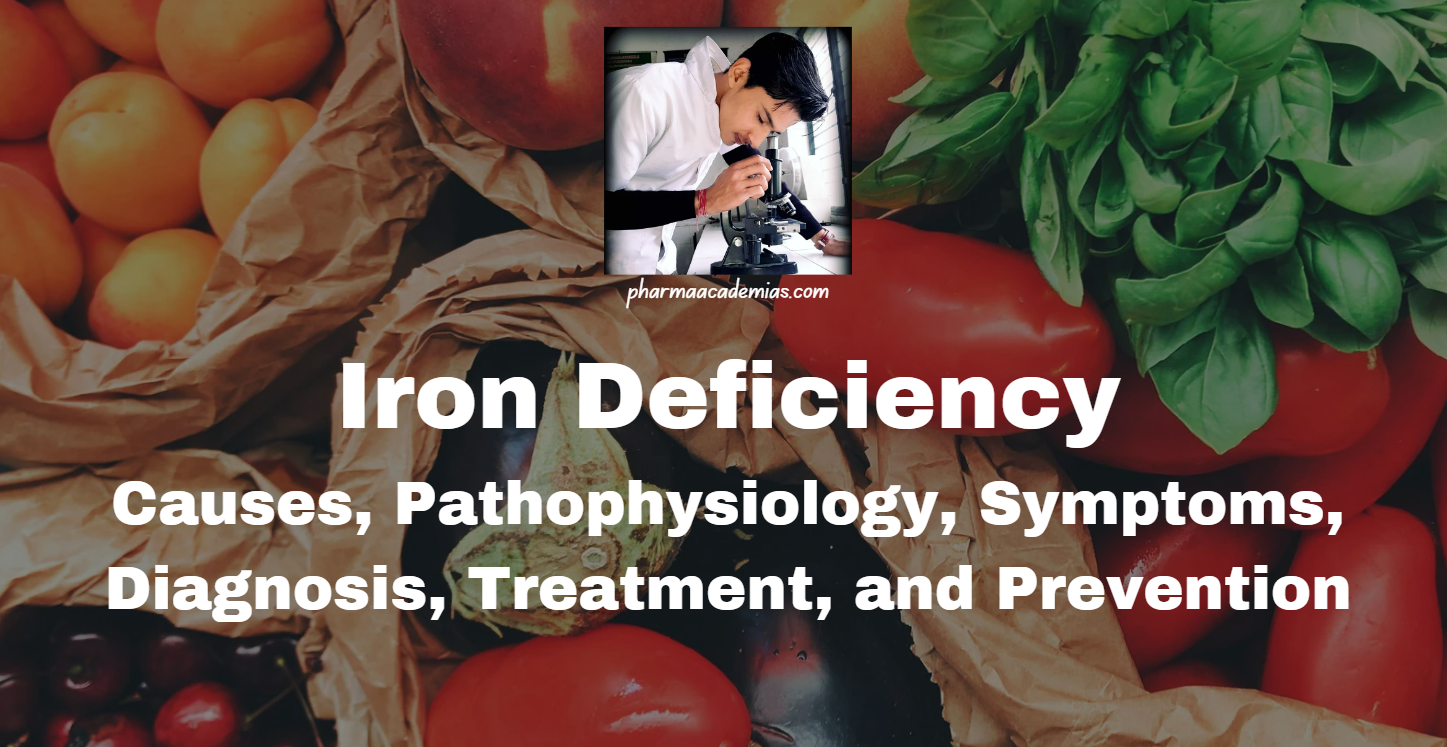Sickle cell anemia is a hereditary blood disorder characterized by the production of abnormal hemoglobin, known as hemoglobin S (HbS). This leads to the deformation of red blood cells into a sickle shape, which causes various complications including pain, anemia, infections, and organ damage. This note explores the genetic basis, …
Megaloblastic Anemia: Causes, Pathophysiology, Symptoms, Diagnosis, Treatment, and Prevention
Megaloblastic anemia is a type of anemia characterized by the presence of abnormally large, immature red blood cells (megaloblasts) in the bone marrow and peripheral blood. This condition primarily results from deficiencies in vitamin B12 (cobalamin) and/or folic acid (vitamin B9). These vitamins are crucial for DNA synthesis and red …
Iron Deficiency: Causes, Pathophysiology, Symptoms, Diagnosis, Treatment, and Prevention
Iron deficiency is one of the most common nutritional disorders worldwide, affecting individuals of all ages. It occurs when the body lacks enough iron to produce adequate levels of hemoglobin, the protein in red blood cells that carries oxygen throughout the body. This condition can lead to iron deficiency anemia, …



